In your quest to start exploring other hobbies, or produce your eggs as you don’t trust the ones you buy at the store, you will need a house or enclosure that will keep your flock safe from predators. It should be a place for them to rest and give them protection from the harsh weather that even humans can find difficult to cope with.
Chicken coops are sometimes called hen houses, and they are the structures that can be purchased or built to protect your flock of chickens. They are commonly used in raising backyard chickens and are available in different designs, shapes, and sizes. Some chicken coops have nesting boxes, roosts, shade, and other features that give your chickens the comfort they need.
Some that raise backyard chickens prefer to build their chicken coops as it gives them the freedom to use the materials they feel are best suited for their flock, and they can also build to whatever size they feel their flock needs. Other farmers prefer to avoid the stress of hammering woods and joints together, and purchase already made chicken coops while they have the size of their flock in mind. Whichever route you wish to follow, the reasons for using a chicken coop are always the same.
Why Do You Need a Chicken Coop and the Advantages?
Chicken coops serve three major purposes; protect your chickens from predators, protect your chickens from harsh weather conditions, and provide shelter for your chickens. Regardless of the types of chickens you keep, and their purpose, there are always animals who use them as food and it is your responsibility to ensure those animals do not get your chickens.
Here are some of the reasons you need to get your chickens a chicken coop and the benefits that are attached to using them.
Protection from Weather
The weather can be a darling and a naughty thing to deal with when it comes to keeping chickens warm during the winter. At some times of the year, other things being taken care of, you can rest assured that your chickens are safe from the danger of freezing to death as the temperature is warm, your chickens are active during the day and their production is at its highest.
However, things can change at other times of the year, the time when most chicken farmers dread, the winter. Your chickens need to be protected from the harsh cold and snow that abounds during this time.
Chicken coops provide the shelter that your flock needs during times of extreme sunshine and cold. During winter, they are away from the snow and you can provide heat for them there. Also, during summer, your chickens can escape from the sun and sit in the coop, where the sun does not hit them and the ventilation brings cool air.
Protection from Predators

Chickens are susceptible to attack from different animals, starting from insects, to rodents, such as mice, squirrels, skunks, raccoons, other birds, such as hawks and bats, and other large animals, such as dogs, foxes, and deer. We suggest taking a look at our animal repellent article to build your knowledge on taking care of these pests.
These predators either attack chickens to use them as food or have an interest in the chicken feed they have in their feeders. While some may be too small to cause any significant harm to your flock, like the insects, they can kill your chickens when they swarm them in large numbers. Other animals like rats, bats, and squirrels can introduce diseases to the flock due to their constant access to the chickens’ feed and feeder, subsequently causing illness or even death to the chickens.
Chicken coops protect your flock against these animals, especially at night, when they come out to seek their food. Chicken coops are designed to keep these animals out of the structure, keeping your chickens safe from them, even though it might be hard to keep some animals out.
Disease Prevention
As we have pointed out earlier, some animals do not seek to harm your chickens, they just want some portion of the leftover feed in their feeders. However, their saliva may contain pathogens that are harmful to your chickens. Their saliva is left on the chicken feeder, and if not disinfected before your chickens use them, they ingest the pathogens with their feed.
Using a chicken coop that keeps these animals out helps to prevent the transfer of disease from predators to your flock.
Also, chicken coops are important in separating sick chickens from healthy ones in an act called culling. This helps to prevent the spread of diseases among your flock.
Eggs Need Protection Too
Yes, eggs are supposed to have strong shells but they are also susceptible to breakages. When your hens lay eggs on the bare floor, other chickens in the flock can easily access them and break them.
However, some chicken coops come with nesting boxes, where laying hens can lay their eggs, away from the touch of the flock, and the eggs are kept safe and unbroken. With chicken coops, you have fewer eggs that are wasted due to breakage.
Conserves feed and water
Some chicken coops are large enough to accommodate feeders and chicken waterers. In these types of chicken coops, the chickens only go out to play, they come back to the coop to feed. The advantage of these types of chicken coops is that they discourage waste of feed and water as is common in chickens that are fed in the open.
Also, because the chicken coops are fortified against the entry of other animals, the feed is only eaten by your chickens.
Types of Chicken Coops
There are different types of chicken coops to suit the primary purposes of using one. However, different factors influence the type of chicken coop a chicken keeper chooses for his or her flock. Some chicken coops are best suited to small flocks, while others are better for bigger flocks. Some are best used when the keeper is not usually around while others are flexible enough to be used regardless of the keeper’s availability. Whichever one you choose, make sure they agree to the needs of your flock.
Here are the different types of chicken coops.
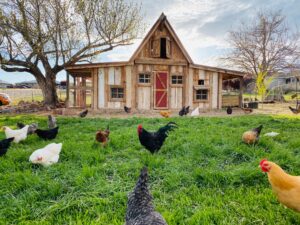
1. Stationary Chicken Coops
As the name implies, these are the types of chicken coops that are made to be more or less permanent. They are not usually sold in stores but can be built to keep chickens safe. Also, this type of chicken coop can be a structure that has been converted for use as a chicken coop from a previous purpose.
Regardless, it is the most DIY type of chicken coop you will find and it usually accommodates a large flock of chickens. With this type of chicken coop, the flooring is usually made of permanent material, such as concrete, on which bedding materials are laid.
Stationary chicken coops vary in size and can have the coop and run in the same structure. Some stationary coops made of wood have their coop at the top and the run beneath it. others can have just the coop and the expanse of the yard as their run.
2. Chicken Tractors
Chicken tractors do not possess engines as the name may suggest, but they are the mobile type of chicken coops. They usually have small wheels and tires attached to the coop structure to enable its movement. It is the best type of chicken coop for chickens that have to move into a warmer enclosure during cold months.
This type of chicken coop can have a run attached to the coop and is the most common type of chicken coop available commercially. With chicken tractors, chickens can be moved to areas of the garden where food, such as seeds from recently harvested grains and vegetables, are abundant.
Chicken tractors are more suitable for flocks that aren’t so large, as it will be difficult to move them around. However, they are perfect for a few chickens.
3. Semi-Permanent Chicken Coops
Unlike stationary chicken coops, semi-permanent chicken coops are not made to be fastened to the ground. In most cases, they can be moved if the need arises and can remain in a place for some time. These types of chicken coops are easily accessible online and can be built from scratch as you can get plans for different designs online, too.
Semi-permanent chicken coops may be fitted with a wheel, if it is not very sizeable, or can be made to look like a stationary chicken coop, only with a slab that can be easily moved as its base. It does not use permanent materials such as concrete for its flooring. Instead, the slab is the platform on which the bedding material rests. It can also have the coop, run, and fence, and they can all be moved together as a unit when the need arises.
Features of a Chicken Coop
Insulation and Air Flow
A chicken coop is as comfortable as the amount of air it allows to pass through it. This holds because chicken coops are not just meant to protect chickens from predators and the weather, it is also meant to provide comfort to the chickens. Therefore, while it satisfies the protection part of its function, it should be well aerated.
The more aerated a chicken coop is, the easier it is to manage the smell of ammonia that comes with the accumulation of their poop. It also helps to regulate the temperature inside the coop.
Based on this feature, some chicken coops are more open than others. While some chicken keepers argue that chickens are naturally hardy enough to withstand extreme weather, others say the extremities of weather elements cause them to fall sick. Whichever one of these categories of keepers you fall into, judiciously use insulation and airflow to the comfort of chickens.
Flooring and Floor Covering
Chicken coops should have a base on which bedding materials can be placed. Depending on if the chicken coop is permanent or semi-permanent, the floor is usually made of concrete or raised wooden floor and plastic, wood, or bare ground, respectively.
The floor of a chicken coop plays an important role in temperature regulation and ease of cleaning the coop. During cold weather, the floor should be well insulated to help increase the overall temperature in the coop.
Floor coverings are the materials that are used to cover the concrete, wood, or plastic that serves as the ground. They usually include wood chips or straws. You should place a mat between the floor covering and the floor to make cleaning easier.
Roosting Perches
Chickens love to roost. They will rather remain on raised horizontal bars for some parts of the day than remain on the ground, roaming. Roosting helps them to get away from the heat that emanates from the floor, conveniently allowing them to regulate their body temperatures better.
To avoid chickens leaving the coop and venturing outside to sleep, leaving the comfort and protection the chicken coop offers, ensure your chicken coop has roosting perches that sit about 8 inches from the roof of the coop.
It also helps to keep the flock out of the nesting boxes, where it is also more comfortable.
Nesting Boxes
The nesting boxes are the labor room for the laying hens, it is where they go to lay their eggs. It is usually equipped with soft bedding material, helping the laying hens manage their body heat during cold weather and providing a soft landing for the eggs. They are usually made away from the general sleeping quarters in the coop. It can also be included individually in the coop.
Nesting boxes have doors that make egg collection easy to do. The next step may be to add an egg incubator to your set of tools.
What Determines the Type of Chicken Coop You Should Adopt; DIY or Not?
Deciding on the type of chicken coop you should get for your flock can be difficult, especially if you have a fairly large flock, and the cost of purchasing one is not so different from making one. Truthfully, some prefabricated chicken coops can look all great but after some months of use, they begin to fall apart.
So, should you muster up the courage, roll up your sleeves and get to work on building a coop for your flock or deepen your search for a quality chicken coop? the answer to this is not simple, but you can make the best decision by considering these factors.
What is Your Flock Size?
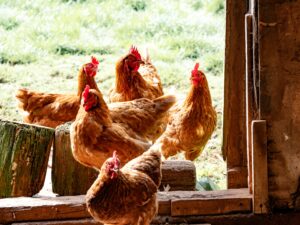
The most important factor in determining the type of chicken coop to get is the size of your flock. Chicken keepers with few chickens have no issue in getting chicken coops, as long as their 4 to 5 chickens can roost peacefully, they are good. However, for larger flocks of up to 50 chickens, how do you fit all your chickens in a prefabricated chicken coop?
These commercial coops are not made for large flocks, therefore, you stand a better chance at quality and comfort for your chickens if you DIY your chicken coop. you can easily build one that will accommodate them all, instead of buying several prefab coops.
Your Space Will Determine How Big of a Coop You Can Have

How much space do you have? Can your backyard take the size of coop you are looking at?
There are different designs for DIY chicken coops available online, some of them are best at helping maximize space for a large flock. The designs that consider small spaces usually have stories and ladders that help chickens get into and out of the coop. If your flock is sizable and you don’t have enough space to accommodate them all, this option is good for you.
However, you must allow enough room for ventilation to prevent the build-up of ammonia and consequently increase the chances of a disease outbreak.
Your space also affects some other things, such as:
Chicken run

If you have enough space for a chicken coop, can it take a chicken run too? You need to decide if you will rather have your chickens roam and come back to roost in their coop, or attach a chicken run that will take up more space.
Proper Nesting Space
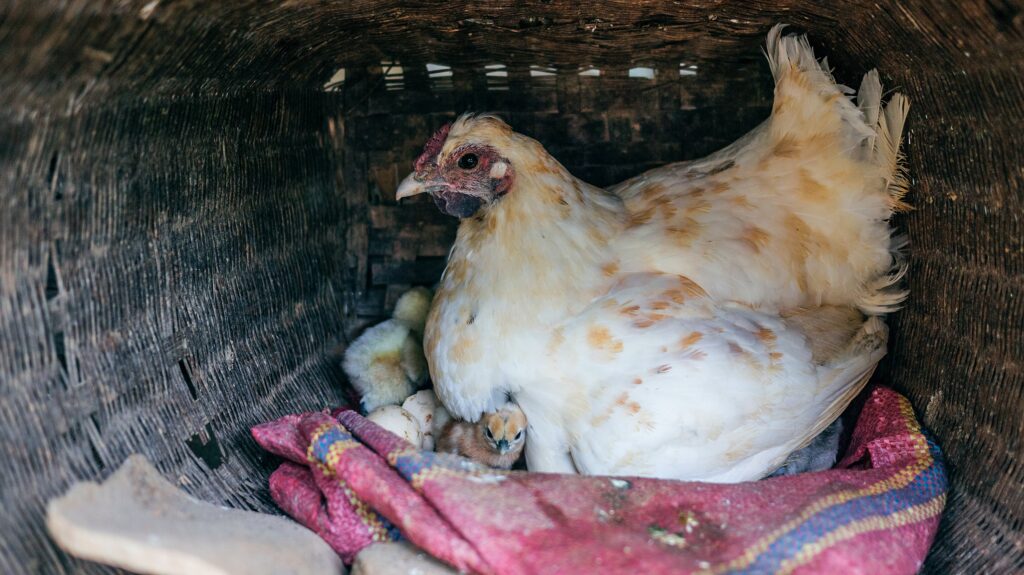
Your consideration about chicken coops shouldn’t center on how well the coop will accommodate the chickens when they roost only. Some of your chickens, laying hens, have special needs called nesting boxes. Although this part of the coop can be made large enough for all your laying hens, they will make your coop bigger and take up more space in your backyard.
Easy Culling
During times of sickness, which is unavoidable in some cases, you will need to separate the sick chickens from the healthy ones. And depending on how many chickens are sick, they will need room to be comfortable and facilitate their recovery.
Culling can take up space in the coop, it is one of the things you should consider when considering a chicken coop design for your flock.
What is Your Cost Going to Be?
You will also need to compare the cost of buying a prefab chicken coop and building one. Will the cost of materials, hours of construction, and cleaning amount to the same value as if you’d bought a prefab coop?
You may realize that for your flock, the best option is to buy the coop since your chickens are not much. However, on the other hand, it may cost you less to build a chicken coop, simple and spacious, if you have a larger flock.
A chicken coop should not cause a decline in the production capacity of your chickens, therefore, do not go for chicken coops that are cheap but won’t adequately provide comfort for your chickens. If you have to buy some wood, nails, wire nets, and other materials to make one, please do.
Best Multi-Level Chicken Coop
Best Choice Products Outdoor Wooden Chicken Multilevel Coop
If you’re in the market for one of the best coops for 4 chickens, this is probably the one you should be looking at. Also, if you’re torn between having a prefab and DIY chicken coop for a flock size of not more than 5 chickens, you should buy the Best Choice Products Outdoor Wooden Chicken Multi-Level Coop.
This chicken coop has two levels and two doors that provide access to these levels. It is made from natural fir wood to ensure durability and the walls are lined with galvanized wire mesh for enhanced security.
With this chicken coop, you will easily address the issue of rodent infestation in your chicken coop, and as it is made to discourage the entrance of rodents due to the use of wire mesh to surround the run and even on the inside walls of the coop.
Your chickens are protected from the elements as the woods are tightly bound to one another to discourage the penetration of sunlight. However, it is well ventilated, with its doors and windows, allowing air to pass through the housing easily.
Your laying hens have a large nesting box where they can lay their eggs, and it is conveniently placed on the side of the coop, so you can easily collect the eggs without having to open the chicken coop.
It is also easy to clean as it comes with a sliding tray you can easily remove to clean the coop of your chickens’ poop.
Pros
- Well-ventilated chicken coop
- Easy to clean and manage chicken poop
- Makes egg collection easy
- Provides run for your chickens
- Durable
Cons
- Suitable for small flocks as it can only house about 5 chickens, and that depends on breed and size.
Best Coop Building Material
TOOCA Hardware Cloth 1/4inch Chicken Wire Mesh for Chicken Coop
To build the best type of DIY chicken coop, you need the best wire for chicken coop materials, to accomplish the coop design you wish to produce. One of the materials for building a chicken coop is the wire mesh and they come in different sizes. While some have mesh sizes that make it difficult for predators like rodents to get in the coop, others are not so good at that.
However, the TOOCA Hardware Cloth 1/4inch Wire Mesh for Chicken Coop is one of the best net materials for making a chicken coop. it is strong, durable, and discourages the entry of rodents, thereby, protecting your chickens from unwanted visitors and the disease they may bring.
Its durability and outdoor use are ensured with its double-layer iron wire and hot-dip galvanized coating that protects the metal strings from corrosion on exposure to weather elements.
The mesh sizes are small enough to deter the entry of rodents and snakes into the chicken coop, which makes them a suitable material to use for making chicken coops and runs. It also allows easy passage of air, providing ventilation, and eliminating ammonia build-up in the pen.
Pros
- Durable double-layer and hot-dip galvanized iron
- Suitable for outdoor use
- Helps improve chicken coop ventilation
- Makes DIY chicken coop building easier and safer
Cons
- Chicken poop may get stuck on it if not properly covered with bedding materials.
Best Automatic Chicken Coop Door
JVR Automatic Chicken Coop Door Opener Kit
Sometimes, despite all the efforts you have put in securing every part of your chicken coop against predator entry, there is always a weak spot, and it is usually the door. It, in most cases, does not provide the required form of resistance against large predators, such as bears, when they come visiting your chickens’ coop.
For your peace of mind and your chickens’ safety, use the JVR Automatic Chicken Coop Door Opener Kit, when you are constructing your DIY chicken coop. It is made of aluminum and stainless steel and weighs just 5 pounds, but cannot be lifted by a bear.
It comes with a large hinged door that you can attach to your coop. it does not require any special skill to install as it comes with color-coded instructions on how to successfully set it up and get it working. The door opener provides power through a rechargeable battery and helps to manage the entry and exit of your chickens even when you have traveled.
It has a safety feature that ensures the door does not hurt your chickens, it stops closing when it senses the presence of chickens at the door.
Depending on the time you set on its box, which is made weatherproof, the door opens in the morning, allowing your chickens out, and closes in the evening after your chickens are in the coop.
Pros
- Automated chicken coop door opening and closing
- Reduced stress on you, the chicken keeper.
- Safety feature to prevent injury to chickens
- Enhanced security for chickens against bigger predators
- Easy to install and use
Cons
- It may lock chickens in if battery power is drained
- It may be ineffective if other security measures are not put in place
Best Chicken Nesting Boxes
Classic Compartment Roll Out Nesting Box With Perch Lids
If you’ve had a chicken coop before and you had issues keeping your eggs safe from breakage or providing an adequately comfortable place for your laying hens to produce their eggs, this nesting box should be part of your new chicken coop.
It is made from durable plastic and galvanized steel to protect your hens, while they lay, and the eggs they lay. It allows optimum ventilation as it is open at the front and the back, its base is also made to allow air into the nest. You may apply some bedding materials on the floor to provide a soft landing for the eggs. However, make sure you respect the slope of the base.
With each compartment suitable for one laying hen at a time, your chickens have privacy and the box is designed to make the eggs roll forward into a box where they are held till you are ready to collect them.
Pros
- Easy to assemble and use
- Provides good ventilation for laying chickens
- Made of durable material
- Easy to clean
- Makes egg collection easier
Cons
- Bedding materials may discourage eggs from rolling into the egg-hold.
- Eggs may break if used without bedding materials.
Best Chicken Coop Upgrade Feature
Bemexred Remote Controlled Outdoor/Indoor Solar Lights for Chicken Coop
Having done all the necessaries in fixing up your chicken coop and making it impenetrable for predators and pests, you must include befitting lighting outside the coop to discourage predators from approaching the coop.
While it may seem like an extra chore, turning the light on and off, doesn’t have to be as the Bemexred solar lights for the chicken coop is remote-controlled and can be set to automatically come on at dusk and off at dawn. All you have to do is set the solar panel up so that it gets adequate sunlight for at least 8 hours a day and it supplies light for a continuous 18 hours.
It is weatherproof and suitable for use outdoors.
Pros
- Provide light for enhanced chicken and chicken coop security
- Environment-friendly lighting
- Suitable for outdoor use
- Automatic power on and off
Cons
- Unstable lighting during winters
- Light reflection may cause chickens to have inadequate sleep
Frequently Asked Questions on Chicken Coops
What Type of Chicken Coop is Best?
Different chicken coops suit different types and breeds of chickens. Therefore, it is impossible to select one chicken coop as the best of them all.
The best chicken coop is one that offers all levels of comfort to chickens and helps them maintain or promote their productivity. The best chicken coop should possess all the features, such as nesting boxes, floor and floor coverings, roosting perches, and good ventilation and insulation.
Your best chicken coop can be a prefab or DIY chicken coop; as long as it conveniently accommodates the flock and does not negatively affect the chickens’ production.
What is the Best Location for a Chicken Coop?
The chicken coop is meant to provide shelter for your flock against harsh weather conditions. It is also meant to protect them from predators. This means you have to be on the lookout for the safety of your chickens.
Therefore, the chicken coop should be situated not too far back from your home, so you can easily get in the backyard and tend to them. You can also place the coop under a tree to provide shade for the coop on sunny days and help it last longer. Also, when your chickens leave the coop into the run, they still have some shade.
In summary, your chicken coop is best placed where they can have some shade (if you have one) and you can easily access your flock.
How Big Should a Coop Be for 5 Chickens?
It might surprise you that a coop for 5 chickens may be a large chicken coop. it all depends on the breed and size of chickens that are to be housed in the coop.
However, on average, a flock of 5 chickens will conveniently roost in a chicken coop that is about 80 inches long and 38 inches tall.
Is it Cheaper to Build or Buy a Chicken Coop?
There are many cheap prefab chicken coop options in the market as there are cheap-to-design chicken coop options in DIY. However, as the dimension of the coop increases, the costlier it becomes. Also, the more features that have to be installed in the coop, the more expensive it becomes.
Therefore, building or buying a cheap chicken coop is not the problem. The actual problem is in getting value for your money.
Conclusion
Chicken coops are the important shelter for chickens that you consider pets. They are an important part of their lives as it is where they lay eggs that you collect and eat, and spend most of the day. Therefore, chicken coops should be chosen with care and detailed consideration of the size of the flock, the available space, and your budget, among others.
Ensure to use the best materials when building your coop and make sure you select the best coop for your flock when purchasing a prefab chicken coop.












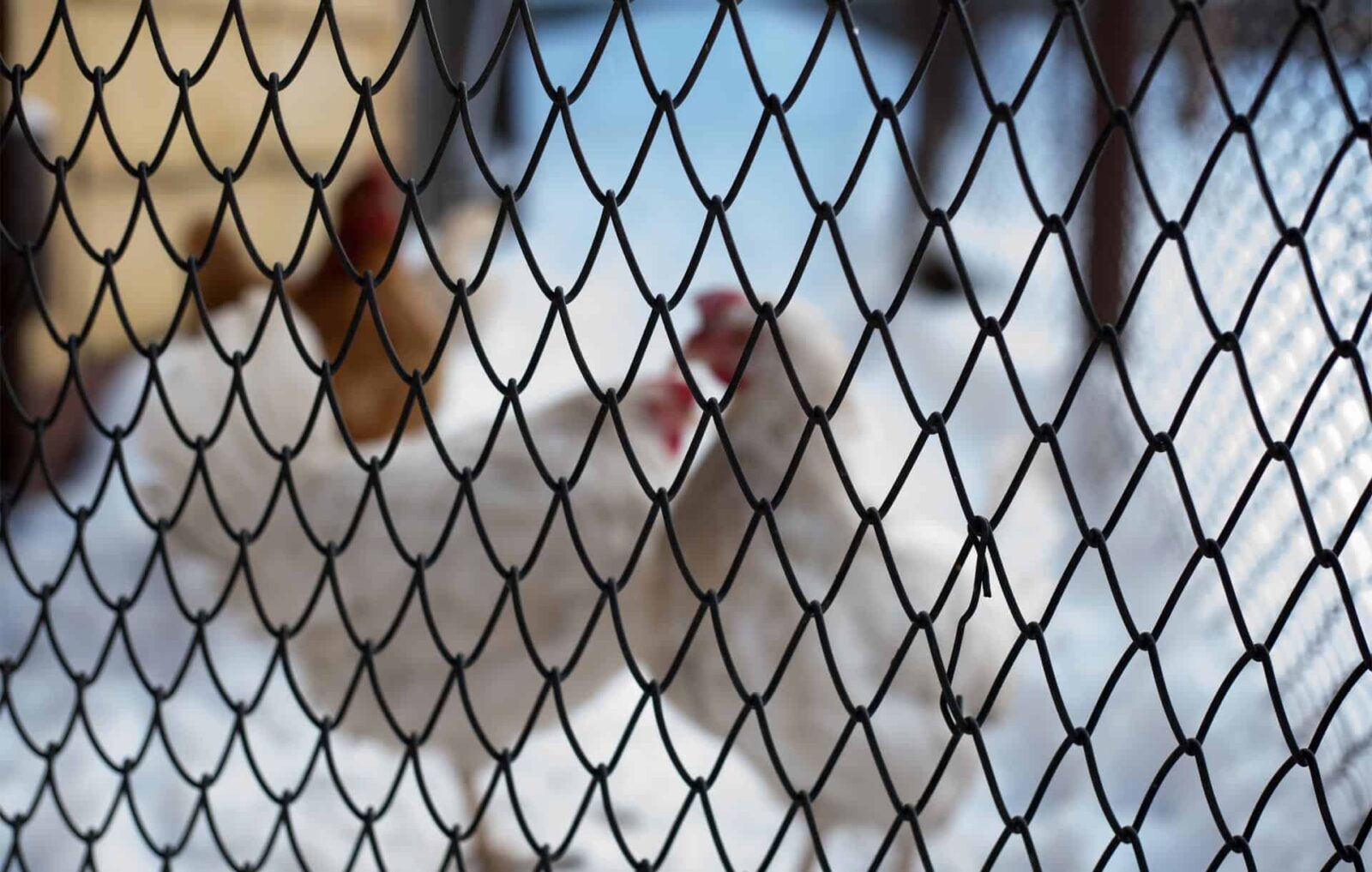
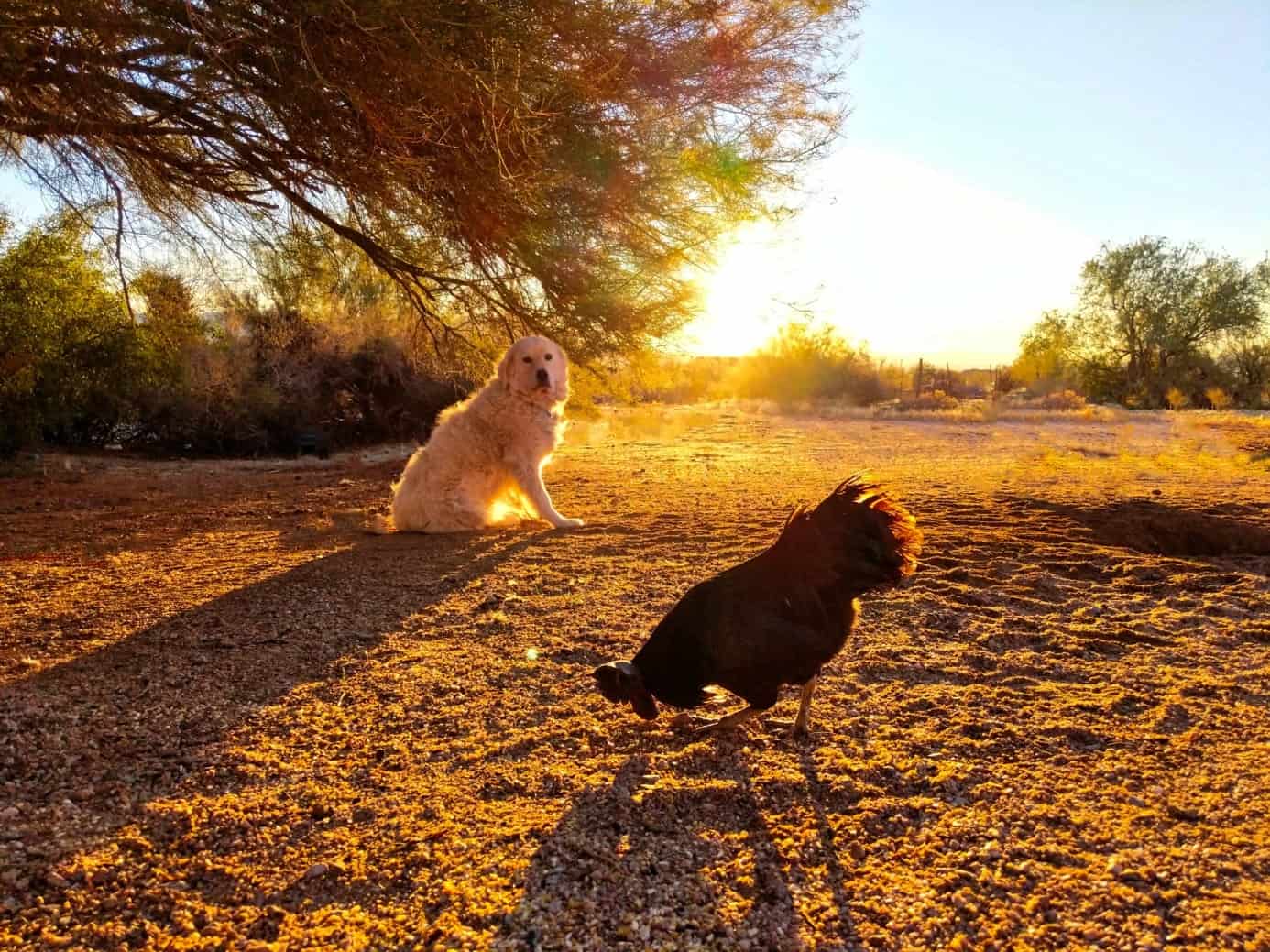

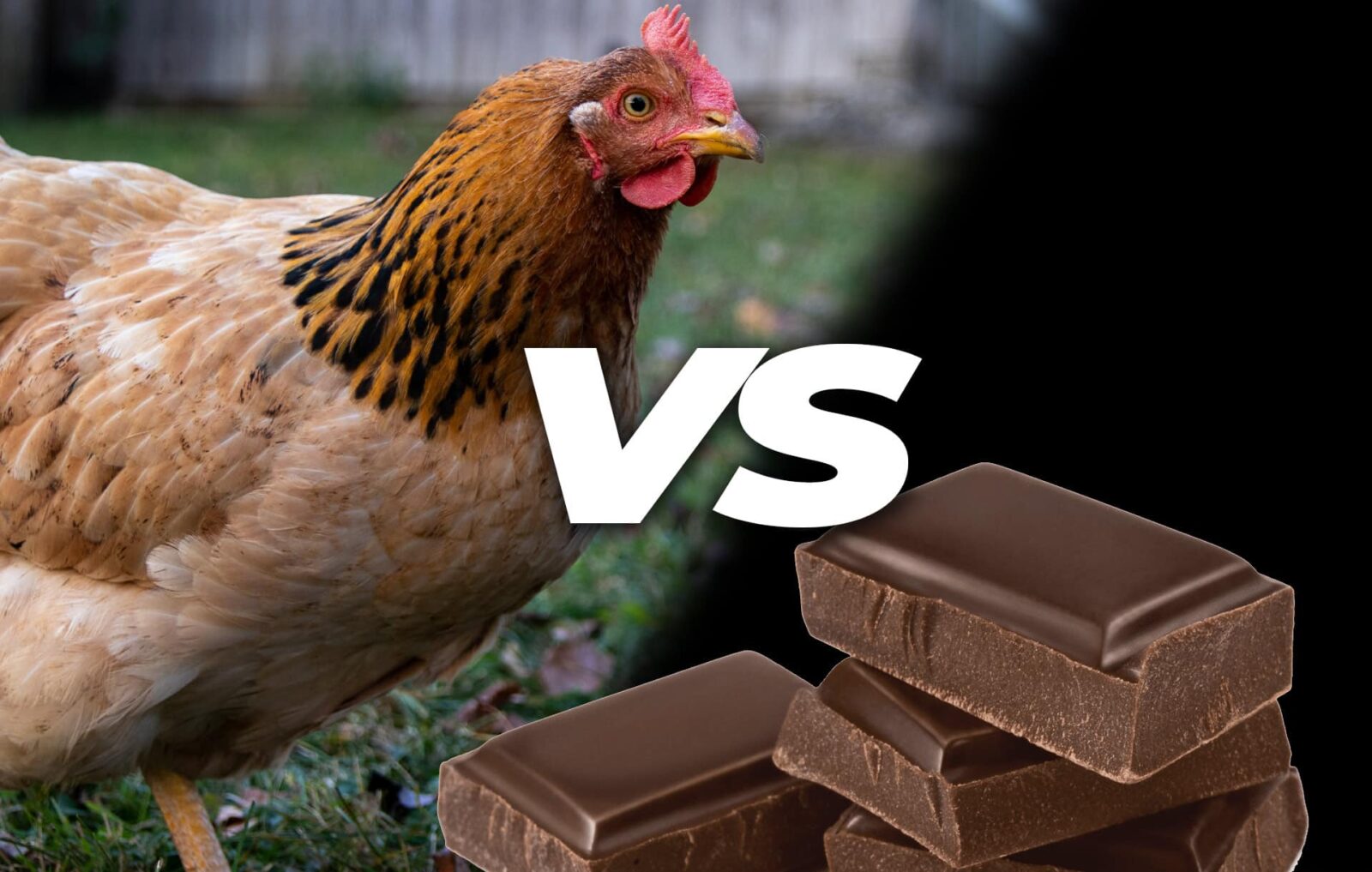
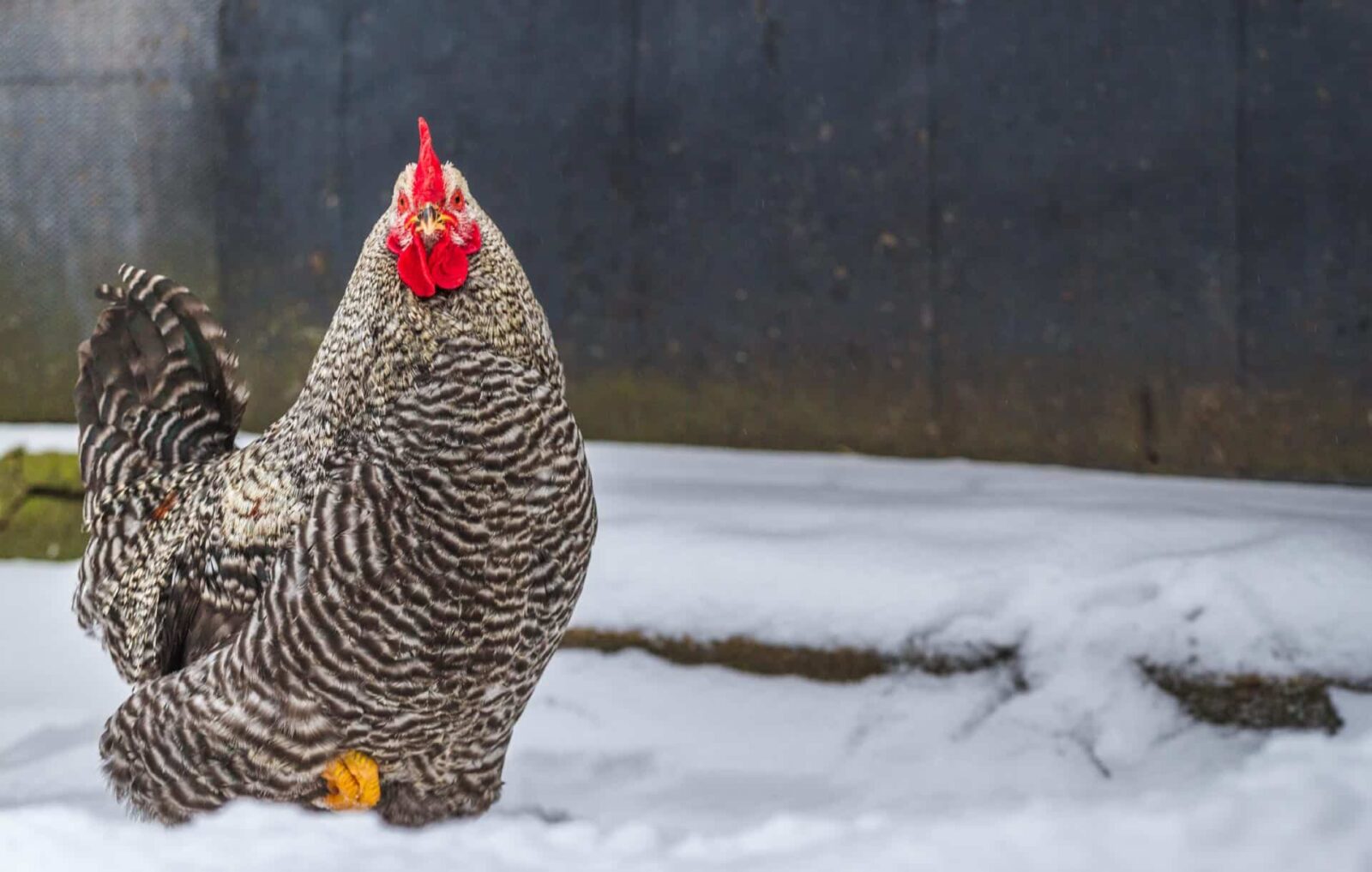

Comment (1)
Great detailed article and very easy to follow. I appreciate how you broke down all the sections. I am looking forward to reading more.